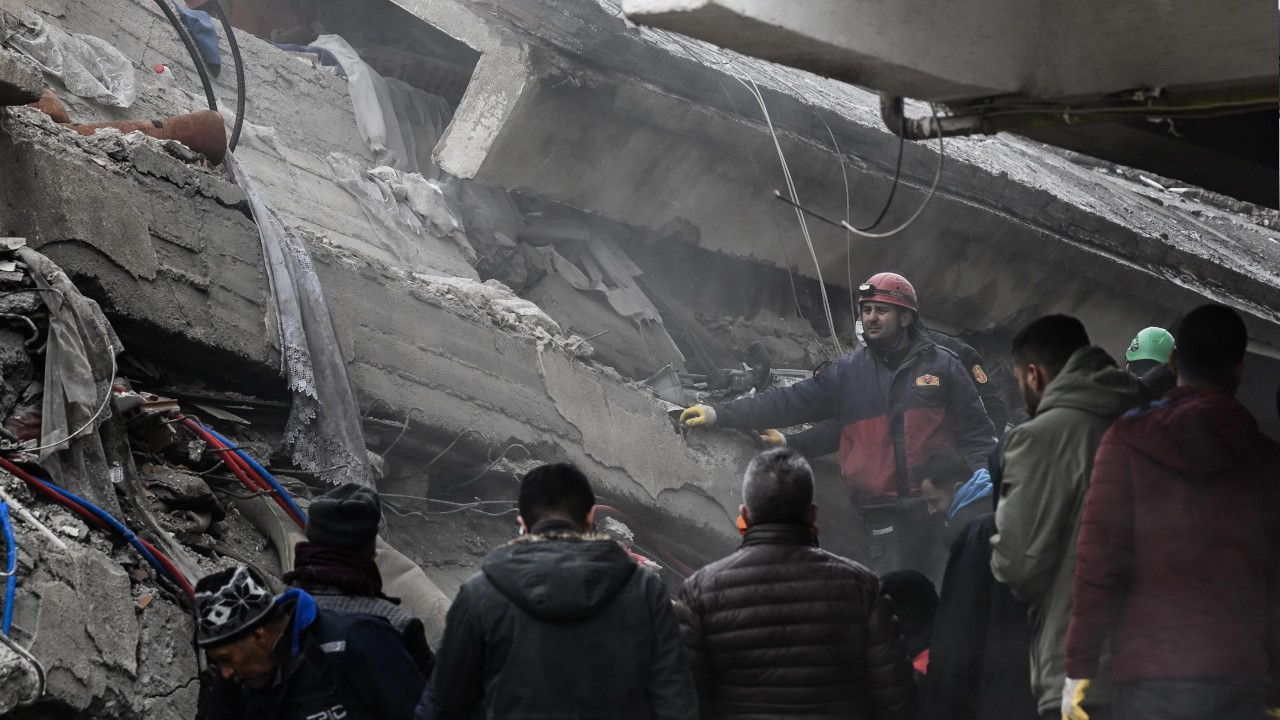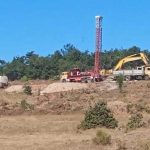In the aftermath of the February 6 earthquakes, which resulted in the collapse of 4,197 buildings in Malatya, displacement of coordinates led to the inability to grant new construction permits. This has compelled citizens to turn to “unauthorized” constructions.
CLICK – Special Series: Six Months on From Turkey Earthquakes
Assessing the city’s situation six months after the earthquake, Yunus Emre Fidanel, chair of the Chamber of Architects Malatya Branch, revealed, “Thousands of houses have been built during this period, and construction is still ongoing. Unfortunately, none of them have licenses or records.”
Fidanel highlighted that the coordinates of Malatya’s center shifted by approximately 88 centimeters, and in the Doğanşehir district, a 2.5-meter displacement was detected. The process of correcting these displacements has just concluded, leading to the municipalities’ inability to issue permits during the interim period.
He noted that during this period, people have been forced to engage in unauthorized construction to meet their housing needs.
Commercial and tourism centers destroyed
Although Malatya did not experience extensive destruction during the first earthquake with a magnitude of 7.7 on February 6, almost the entire city was affected by the 7.6 magnitude earthquake that occurred on the same day.
The Malatya Bazaar, where buildings were constructed before the year 2000, was completely demolished, resulting in the loss of 11,000 businesses in the area.
According to a Union of Chambers of Turkish Engineers and Architects (UCTEA/TMMOB) report, a total of 71,519 buildings were determined to be either collapsed, urgently in need of demolition, or severely damaged. The debris of the collapsed buildings was cleared, and the city now has a recorded number of 12,801 moderately damaged homes. Fidanel predicted that the demolition of heavily damaged buildings will continue for many years and warned of the asbestos threat during this process.
Depicting the extent of Malatya’s earthquake-induced damage, Fidanel said, “With the destruction of the city center in Malatya, we lost its commerce. Bostanbaşı Neighborhood’s heavy damage led to a loss of accommodation areas, and the collapse of registered historic structures in Gündüzbey Neighborhood resulted in the loss of tourism areas. Unfortunately, there is nothing left in Malatya to anchor people.”
Fidanel emphasized that the Trend Garden Residence, responsible for the deaths of 47 individuals in Malatya, had been granted a permit through zoning amnesty. He further explained that six hotels collapsed during the earthquake, leading to casualties, and highlighted the serious shortage of fuel, bread, and water that the city faced in the first week following the disaster.
Fidanel touched upon the issue of migration caused by the earthquake, noting that the population of Malatya dwindled from 850,000 to 250,000 a week after the earthquake, with many people seeking refuge in rural settlements.
Presently, the city’s population has increased to approximately 600,000 due to returning residents, he said.
School collapsed despite reinforcement
The public buildings in Malatya were also affected by the earthquake. Fidanel noted that two schools collapsed due to the earthquake, one of which was a school in the Akçadağ district that had been reinforced after sustaining damage in the Elazığ earthquake on January 24, 2020.
Fidanel also provided insight into the activities of the Chamber of Architects in Malatya, explaining their involvement in collecting aid, coordinating heavy machinery operations, and assisting in various stages of the relief efforts during the early days of the earthquake.
He shared that they have been actively engaged in technical studies aimed at healing the wounds caused by the earthquake and rebuilding the city. Fidanel mentioned that they have held meetings with authorities over the past two months to discuss the best way to manage the reconstruction process and provided their recommendations.
Regarding the ground conditions in Malatya, Fidanel clarified that while there is water present in the ground, it does not reach the level of liquefaction, and it is the soft soil that is causing the collapses. He reassured that due to the absence of liquefaction, no region has been declared off-limits for development. Following the earthquake, approximately 100,000 people were relocated to container cities, where they initially faced infrastructure challenges that were eventually resolved over time. (DA/VC/VK)
Source:Bianet



